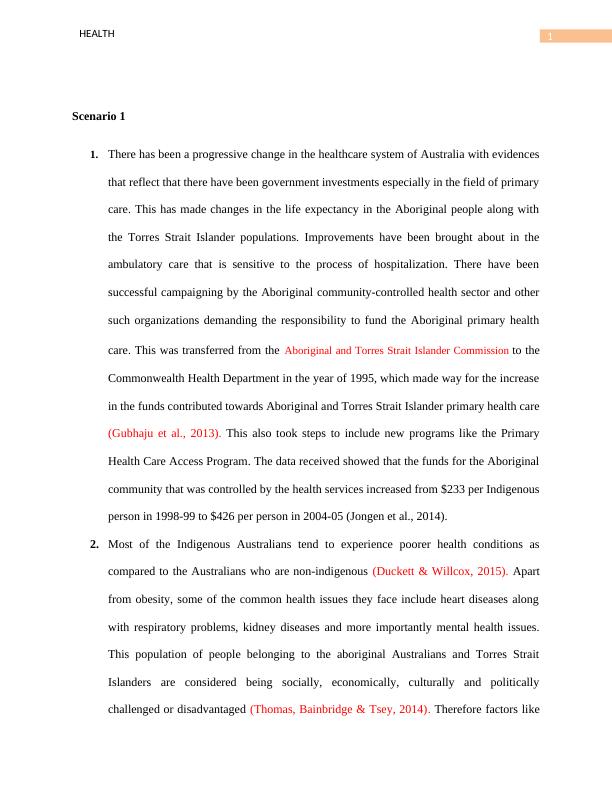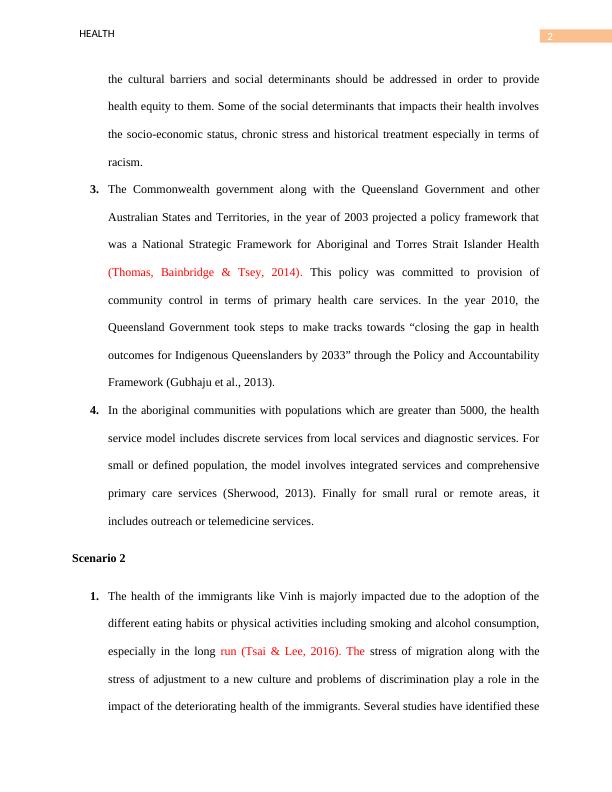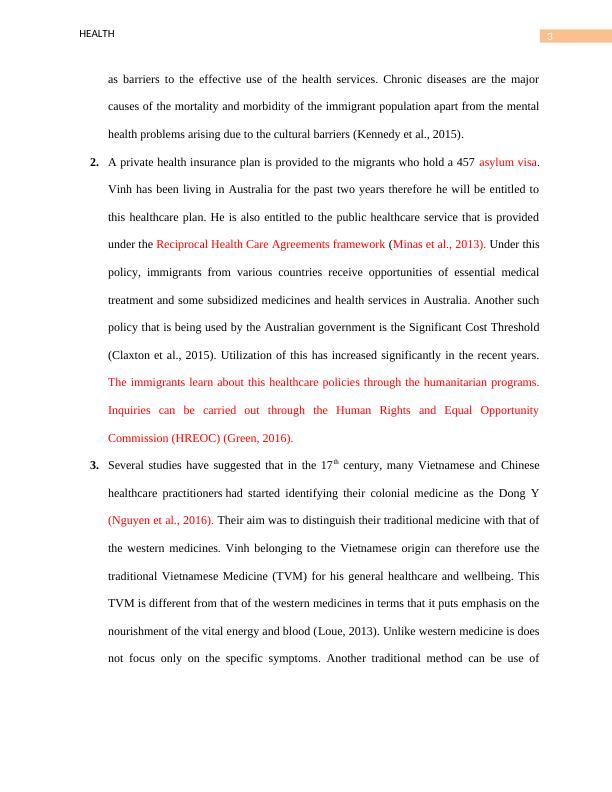Improvements in Aboriginal and Torres Strait Islander Healthcare in Australia
Conduct research on the Australian Health Care System's evolution for Torres Strait Islander/Aboriginal communities, health issues impacting Torres Strait Islander/Aboriginal people, Australia's health policy development for minority groups, and the differences in health service models for Torres Strait Islander/Aboriginal communities in each State/Territory.
Added on 2023-06-10
About This Document
Improvements in Aboriginal and Torres Strait Islander Healthcare in Australia
Conduct research on the Australian Health Care System's evolution for Torres Strait Islander/Aboriginal communities, health issues impacting Torres Strait Islander/Aboriginal people, Australia's health policy development for minority groups, and the differences in health service models for Torres Strait Islander/Aboriginal communities in each State/Territory.
Added on 2023-06-10
End of preview
Want to access all the pages? Upload your documents or become a member.




